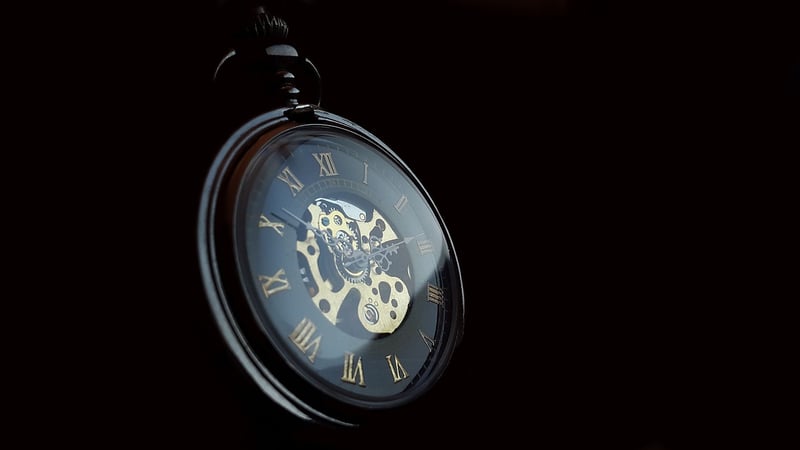Butterfly Effect
The Intriguing World of Temporal Conundrums and the Butterfly Effect
Time travel has long been a captivating subject in science fiction, leading to various theories and paradoxes that boggle the mind. Two prominent concepts within this realm are temporal conundrums and the butterfly effect.
Temporal Conundrums
Temporal conundrums refer to the puzzling situations that arise when time travel is involved. One of the most famous examples is the grandfather paradox, where a time traveler goes back in time and prevents their grandfather from meeting their grandmother, thus preventing the time traveler's own birth. This paradox raises questions about causality and the possibility of altering the past.
Types of Temporal Conundrums:
- The Bootstrap Paradox
- The Predestination Paradox
- The Ontological Paradox
The Butterfly Effect
The butterfly effect is a concept derived from chaos theory, suggesting that small changes can have significant and far-reaching effects. The term originated from the idea that the flap of a butterfly's wings in Brazil could set off a tornado in Texas. This notion highlights the interconnectedness of events and the sensitivity of complex systems to initial conditions.
Key Aspects of the Butterfly Effect:
- Sensitivity to Initial Conditions
- Non-linear Relationships
- Amplification of Effects
Conclusion
Temporal conundrums and the butterfly effect provide fascinating insights into the complexities of time and causality. While time travel remains a theoretical concept, exploring these ideas sparks imagination and encourages contemplation of the intricacies of the universe.


